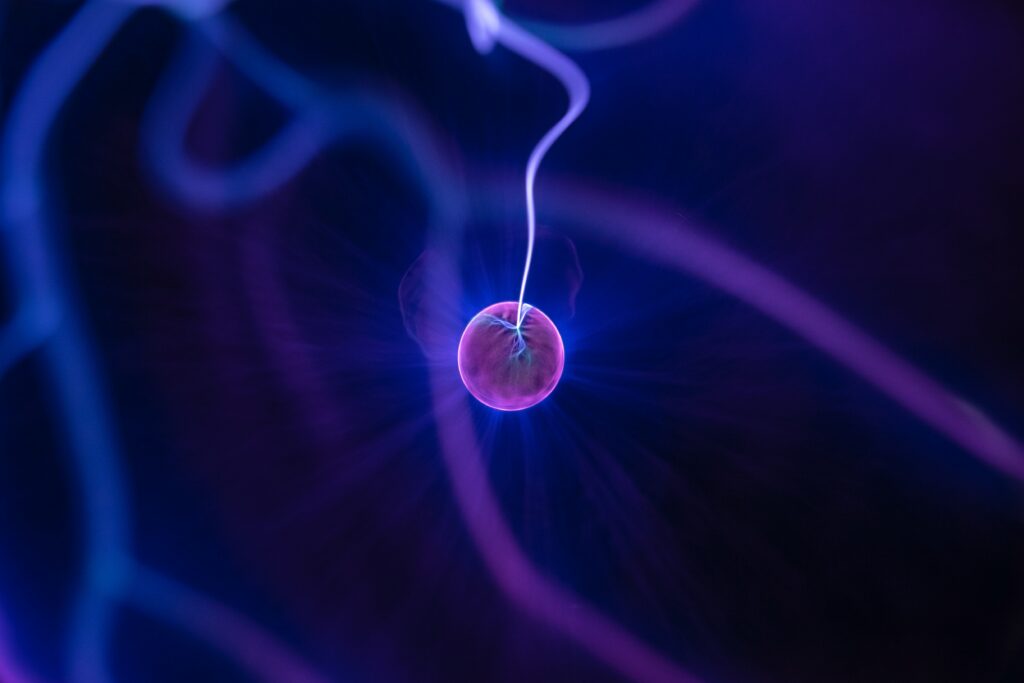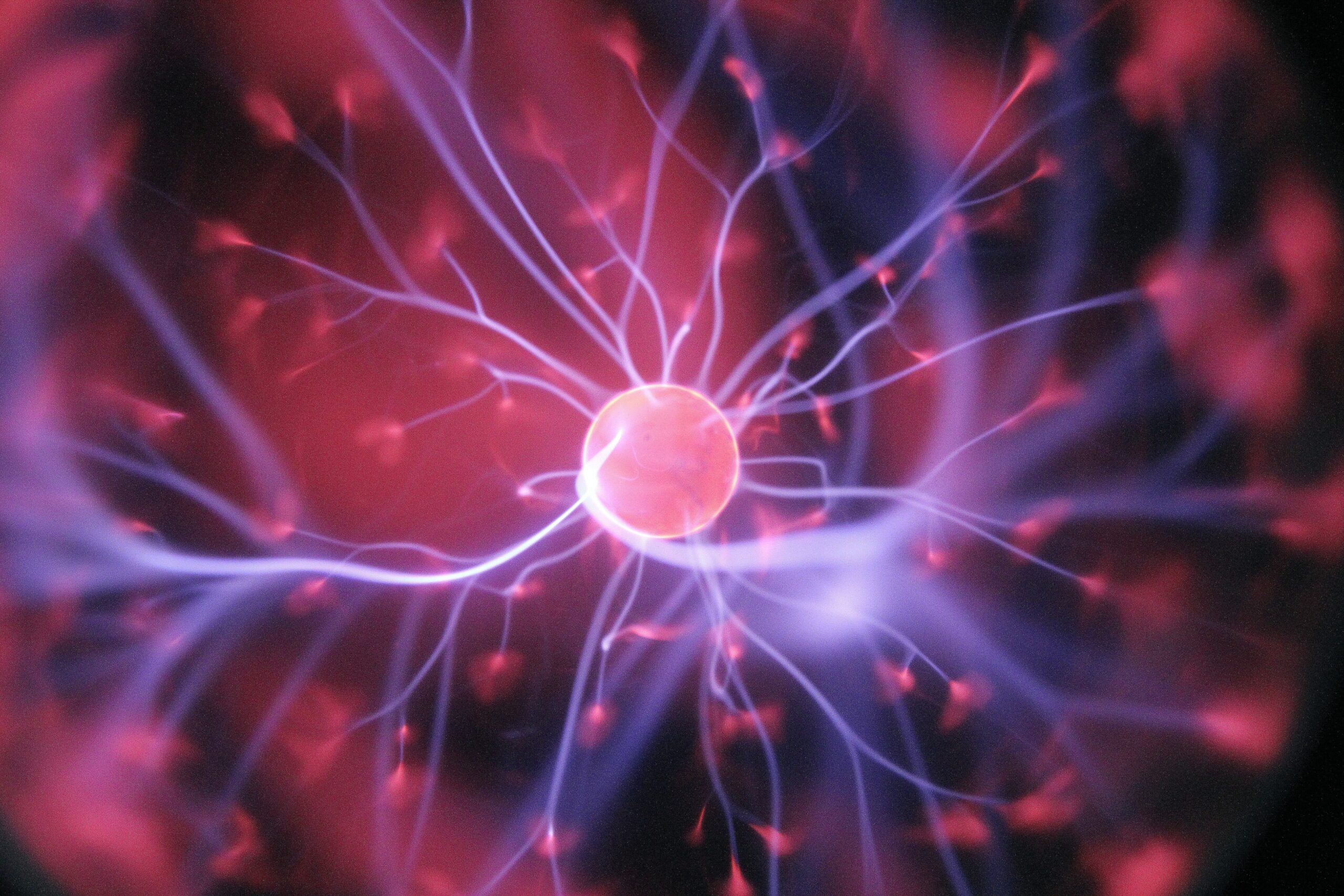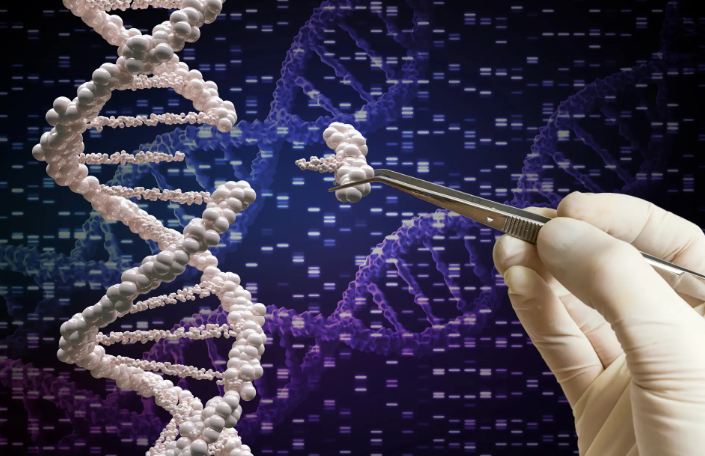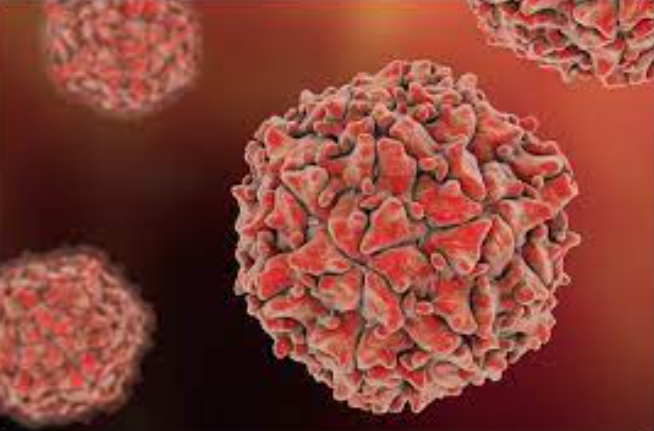Key step in Parkinson’s treatment

A study finds the specific type of neurons that die in patients with Parkinson’s, a breakthrough for new treatments, stalled for decades. Parkinson’s is characterized by the death of dopamine-producing neurons (essential for sending messages to the nervous system and coordinating movements throughout the body) in the brain, specifically in the substantia nigra, a structure deep within a region of the brain called midbrain. Previous research has shown that the disease arises when nerve cells in the substantia nigra (located in the midbrain) deteriorate for unknown reasons, resulting in less dopamine being generated. As more cells stop working, the symptoms get worse. Currently, there is no cure for this neurodegenerative disease, but some medications can reduce symptoms.

Research has been carried out focusing on the isolation of more than 22,000 dopaminergic neurons from human brain samples obtained postmortem from people who had been diagnosed with Parkinson’s in life and from others who had not, scientists measured gene expression in these samples, which led them to discover that there are 10 different subtypes of these nerve cells. By comparing the results of patients who had suffered from the disease with those of unaffected people, they found that only one specific subtype of dopaminergic neuron is absent in the patients.
This result indicates that the disease may be caused by the death of a very specific subset of dopamine neurons, rather than affecting the entire population of these cells equally. Given the appearance of Parkinson’s, these neurons would be the most vulnerable. As more is learned about this subtype of neurons that have just been identified, the possibility of developing new treatments that specifically target them will be closer.
Genetic manipulation therapies are being developed that consist of introducing a healthy copy of a defective gene into the patient’s cells. By identifying the genes that the defective neurons express, this would open the door to their application. We could never visualize that in a future like the present they could find curative solutions for diseases that were believed to have no cure.





Responses